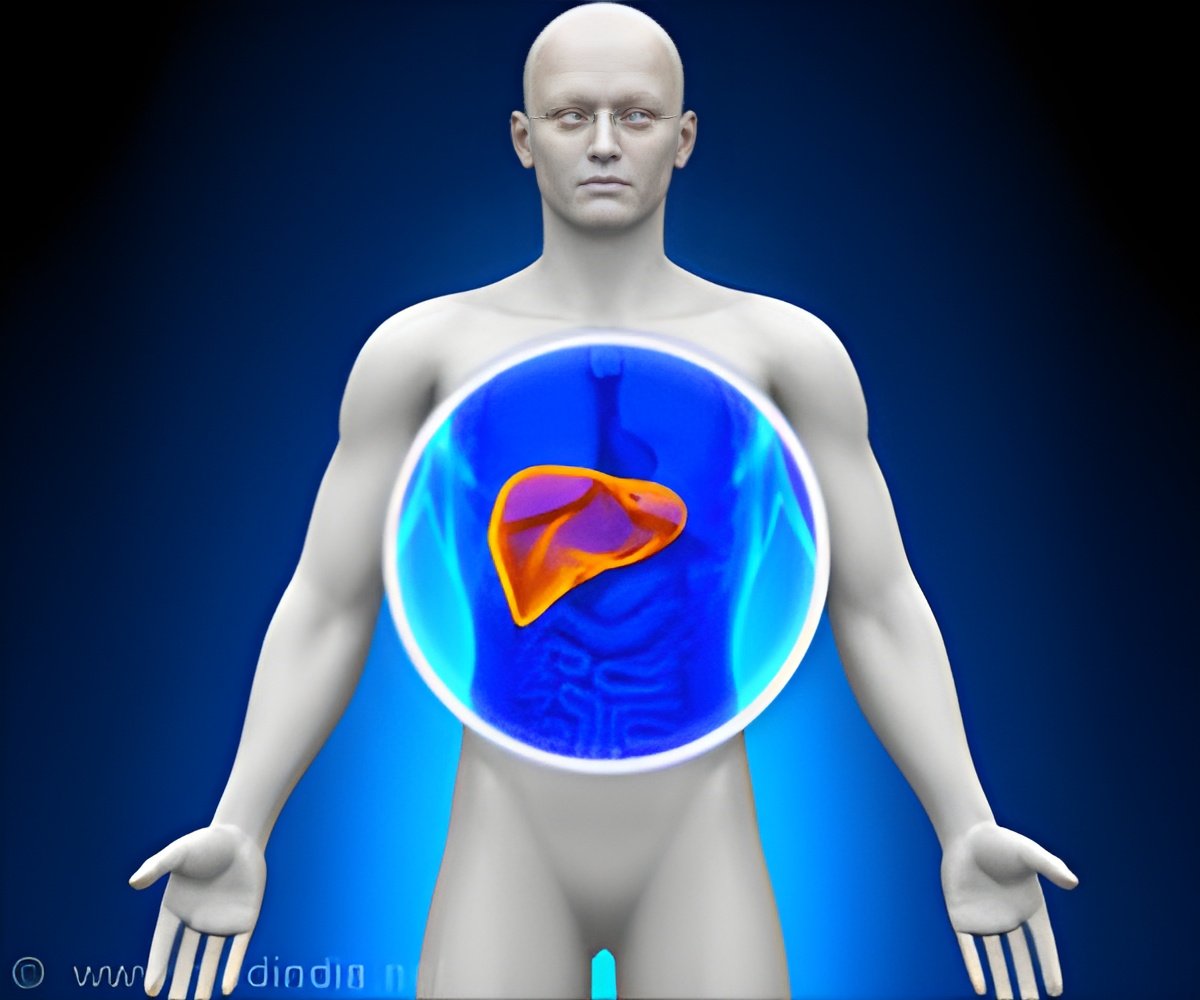Microneedles help in direct delivery of antibodies, allergens, and therapeutic antigens into the skin, minimal invasiveness, facile fabrication, excellent biocompatibility, convenient administration, and bypassing the first-pass metabolism that allows direct translocation of therapeutics into the systematic circulation.
And, transdermal microneedle can improve the biological effect of drugs through adjustable drug release.
This research indicates the suitability of the microneedles for this purpose and their future clinical use, owing to the short treatment time with improvement of patient convenience, and prolonging the overall survival compared to traditional vaccination.
Microneedles could be a good choice to achieve maximum delivery while limiting side effects for vaccination.
Microneedle patches may represent an excellent alternative to conventional cancer vaccine designs by allowing a painless administration in the skin area, which is rich in antigen-presenting cells.
Microneedles can also play a role in improving the efficacy of immune checkpoint inhibitors, allowing for local delivery in the tumor area with a decrease in the immune side effect associated with systemic delivery.
FDA approval for novel biomaterials used in this delivery system for microneedles fabrication could be a matter of concern.
“In addition, future developments should take into account some of the current challenges, including the difficulty of precise coating of biomolecules on the microneedles and insufficient delivery of therapeutic antigens, allergens, or immunotherapeutic drugs to the desired site,” says Professor Santos.
The improvement of the mechanical properties of microneedles is another decisive factor for successful clinical translation and future commercialization. The mechanical characteristics of microneedles must meet two properties to ensure successful immunotherapy.
Insertion force should be enough to neglect the skin friction force for the insertion of the microneedles before puncturing the skin. Second, the insertion force must be higher than the skin force to perforate the skin and create holes in the epidermis/dermis layer.
Polymer science may help fabricate biocompatible or dissolvable polymeric microneedles with minimum side effects. Therefore, it is expected to see a tremendous interest in designing biocompatible and dissolvable microneedle systems in the near future with current advances in polymer science.
“The selection of a suitable material that contributes to the localization of antigen within the microneedles is a substantial issue that needs much attention to optimize immunotherapy of various diseases by microneedles.
We estimate that in the near future, we will observe a high interest in the design and fabrication of biocompatible and dissolvable polymeric microneedles systems for immunotherapeutic applications, among others,” concludes Professor Santos.
In 2019, Professor Santos’ research team, together with the Helsinki Innovation Services, received over 1.3 M from Business Finland to further study microneedles for drug delivery applications and their potential to become a commercial product.
Source: Medindia



